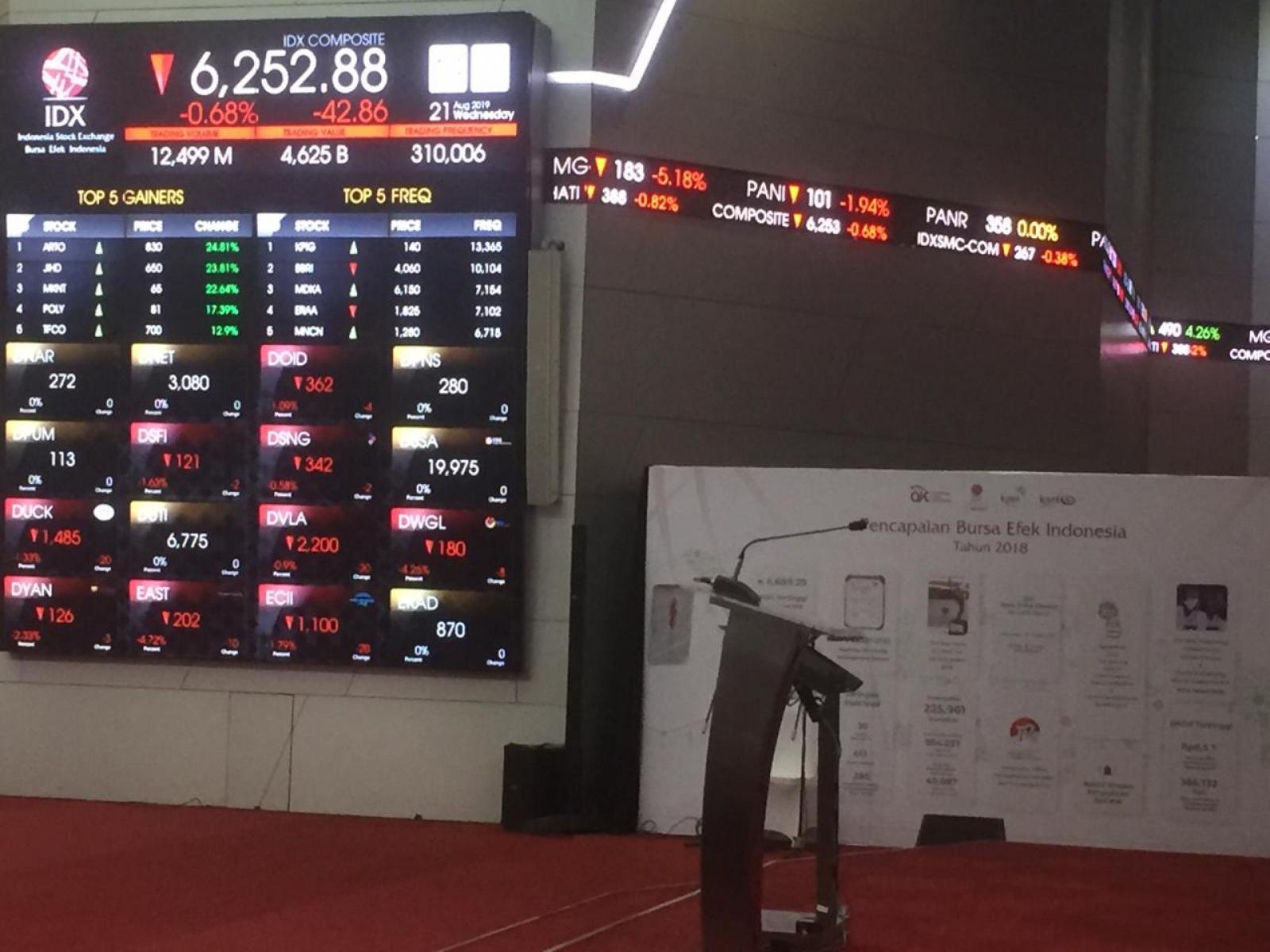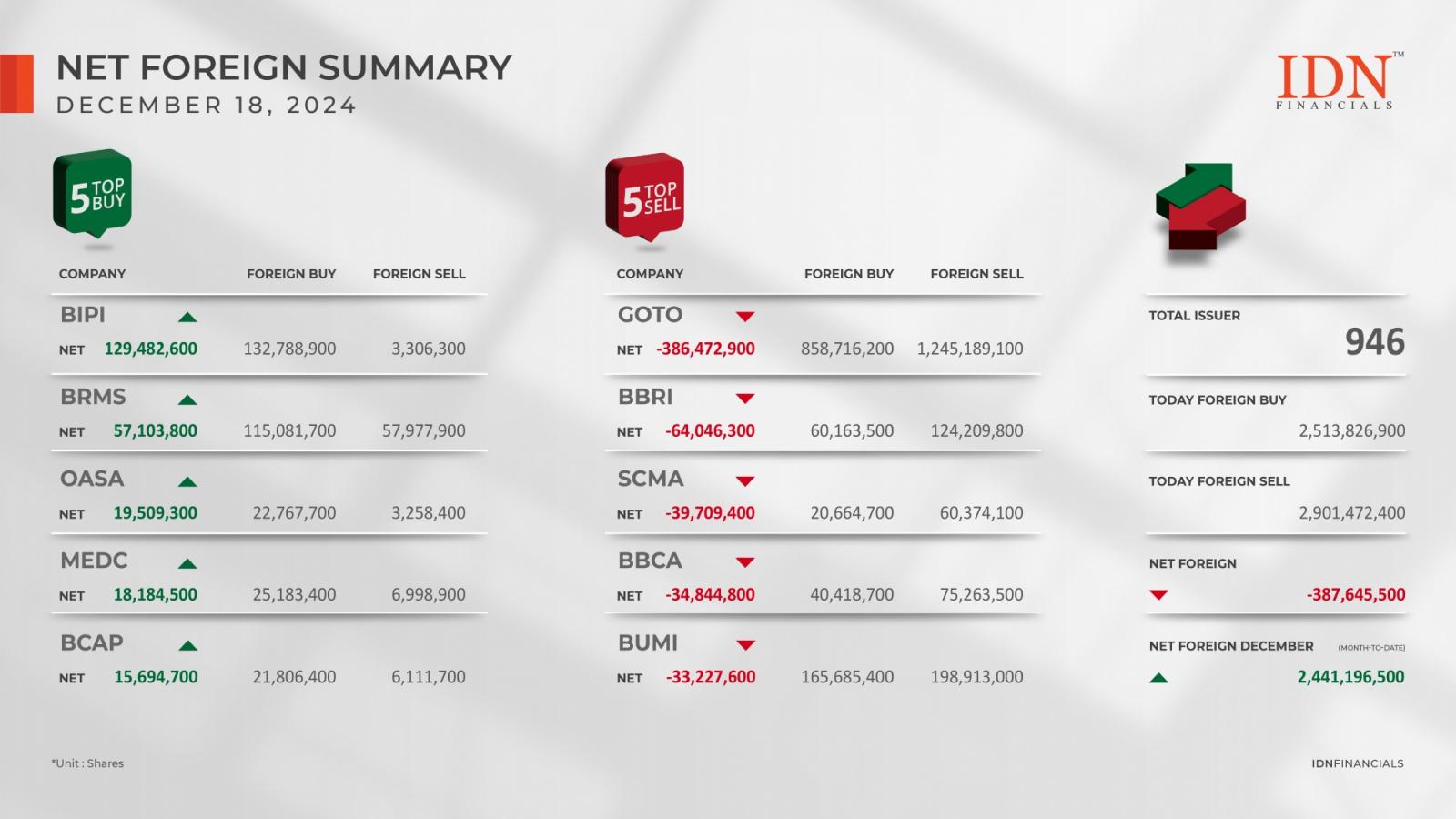In the latest episode of the Cryptonews Podcast, host Matt Zahab had a wide-ranging discussion with Kenny Li, Core Contributor to the privacy-preserving Polkadot–based protocol and layer-1 blockchain Manta Network.
In this exclusive interview, Li talked about:
- the future of modularity and how modular execution can help secure, lower the cost, and expedite the flow of transactions;
- the central role of user experience (UX) in a Layer 2 (L2) context and how it optimizes user engagement;
- simplifying adoption for widespread impact: zk-enabled applications can continue enabling both DevEx and UX;
- pioneering modularity in 2024: no blockchain can have all three tenets – decentralization, scalability, and security – perfectly balanced;
- revolutionizing cross-chain interoperability, functionality, and decentralized applications (dapps).
Watch the Full Episode with Kenny Li
You can also continue reading to learn what Li told us.
Manta Network’s Success Exceeds Expectations
Manta Network has experienced tremendous growth in a short amount of time.
Manta Pacific officially launched its Mainnet Alpha on September 12, 2023.
“Alongside Celestia and Polygon Labs, we are excited to unveil the next chapters for the Manta Pacific journey, one that will result in Manta Pacific as a modular zkEVM using the Polygon Chain Development Kit (CDK),” according to the team’s detailed roadmap.
The team has been building Manta for the past three years, Li said, with two and a half of them primarily focused on the technology and the development.
“Once we realized that this project is pretty much good to go, we shifted gears and really pushed hard on the marketing side.”
However, by that point, the L2 was already up for about six months and has grown to become the largest modular L2, says Li.
Furthermore, it’s the third largest Ethereum L2, behind Optimism and Arbitrum, and it’s got over 180 ecosystem projects deployed already.
📢 @MantaNetwork\'s adoption is on display! TVL jumps to over $429M,
Take a look at the amazing deep sea of 185+ dApps on #Mantanetwork and discover the future of finance. pic.twitter.com/aaONggsAlY
— CRYPTUNEZ (@Talkmuzikdotcom) February 13, 2024
Moreover, Manta is the first L2 to leverage modular data availability network Celestia, which has helped save users $1.5 million in gas fees over just the past month.
“That’s almost like $20 million in savings and gas fees over the course of a year.”
Li noted that he’d lie if he said that the team expected such excellent results and that “it was a mastermind achievement.” However, it was simply a lot of hard work from a dedicated team trying to get the best outcome possible and making adjustments on the fly.
“And the best outcome exceeded all of our expectations,” Li said.
Re-thinking Yield-bearing
Li noted that he greatly respects the Ethereum L2 Blast, which introduced native yield for ETH and stablecoins.
Yield-bearing assets are a huge value proposition to users, especially for L2s, he argued.
In discussions with partners, including Binance, Manta came to the idea to pursue something similar to what Blast came up with.
“I think that what they did was really amazing. […] And so from there, we went to the drawing board, and we’re like, okay, let’s see how we can make this happen.”
The team needed to find a way to make it work for 180 ecosystem applications. “So that’s exactly what we did.”
So they launched their yield-bearing asset campaign, New Paradigm, with Phase 1 ending on January 16.
It was a success. “That just snowballed. It was pretty insane.”
Why Another Yield-bearing L2?
As the only live yield-bearing L2, Manta Pacific gives immediate token access on the L2 after depositing ETH or USDC on Ethereum. pic.twitter.com/x8KZhZoZ8I
— Manta Network (🔱,🔱) #MantaNewParadigm (@MantaNetwork) December 14, 2023
Importance of Modularity
Building Manta has always been product-focused and user-oriented, said Li. This is what allows it to be an early adopter, adapt as it goes, and integrate services like Celestia.
They can do this due to this new buzzword: modularity. This term is now popular as ZK was a year ago, Li opined, and added:
“But modularity itself is more of a philosophy, an approach to how to build.”
Basically, there are two schools of thought when it comes to building in Web3, especially on the infrastructure level:
- Do everything in-house: build nearly everything from scratch; utilize base technologies, and build other components yourself. This is already somewhat modular.
- Modular school of thought says we’re living in a world of blockchain now where there are all of these amazing, specialized services and technologies that other people are building out. So, instead of trying to do it all in-house, we can integrate the necessary pieces into our systems.
The second one allows developers to have “a plug-and-play sort of design” that continually can improve the system over time to stay powerful for many years.
L2 Must Be Able to Evolve With Web3
As an example, Yi gave the history of blockchains. If we take the giants – Bitcoin and Ethereum – we find numerous forks that aimed to improve speed, block size, fees, or something else.
But they all built it monolithically, which is the first school. They forked blockchains, made minor modifications, and then tried to compete with the original with no room to grow.
In the meantime, the Web3 space grew. It continued to evolve.
“But those projects now, because they’re building monolithically, they can’t really adapt to this new value proposition. […] I think at the core of the modular approach is being able to adapt to the ever-changing needs of the Web3 space.”
They can’t have decentralized apps (dapps) deployed on them, for example.
And now, in 2024, Bitcoin and Ethereum still stand. No so-called killers can match them.
The same scenario is now playing out with L2s. Many are launching with minor nuances in how they function. They are “racing against time in order to try to fight each other on market share.”
But Li asked,
“What happens in 2027? What happens in 2030 when the industry continues to evolve? How do you adapt at that time? I think that if you take the modular approach, then you are able to adapt because you can continuously take new technologies and integrate them into your systems.”
Manta took a modular approach to its architecture, which allows it to take the needed technologies and plug them in specifically for the purpose of deriving further value for users. The users don’t even notice when a new one is included as, for example, there is no downtime.
This year, Manta is switching to zkEVM, taking the modular approach using the Polygon Chain Development Kit (CDK).
Technology Could Be Amazing, But Product Useless
Li said that we should differentiate between technology and product. We often focus on the underlying technology in this space, but the end product is crucial – it’s what the users get.
Manta gets inquiries and requests for partnerships and integrations all the time, said Li. But they first ask what the clear value proposition to the user is.
“And honestly, I’m a little surprised at how often that question can’t really be answered.”
Therefore, something may be an amazing technology, but it’s not an amazing product, Li said.
Discussing the three tenants of blockchain – decentralization, scalability, and security – Li suggested that one can’t really measure either of those three things. It’s contextual and subjective.
These terms are qualitative and nowhere near a black-and-white issue.
For example, how does one define or measure decentralization in various contexts? Are we speaking about the architecture and the nodes, as is often the case, or do we look at who around the world is contributing to the core technology that is being presented as the network, and not just the core contributors?
Both are significant components of decentralization, Li argued. Manta Pacific, for example, is not one project built by a core team of contributors, but it’s “the result of all the efforts that all these other individual components and the contributors of those components have been bringing to the table.”
____
About Kenny Li
Kenny Li is Core Contributor for Manta Network and the co-founder of p0x Labs, the firm developing technologies behind projects, including Manta Network.
Prior to this, Li received an MBA from the Massachusetts Institute of Technology (MIT) in 2020. Whilst at MIT, he was a teaching assistant for several courses, mainly blockchain-based. He also worked with the Digital Currency Initiative (DCI).
Moreover, Li has started, advised, and invested in startups for over a decade.





